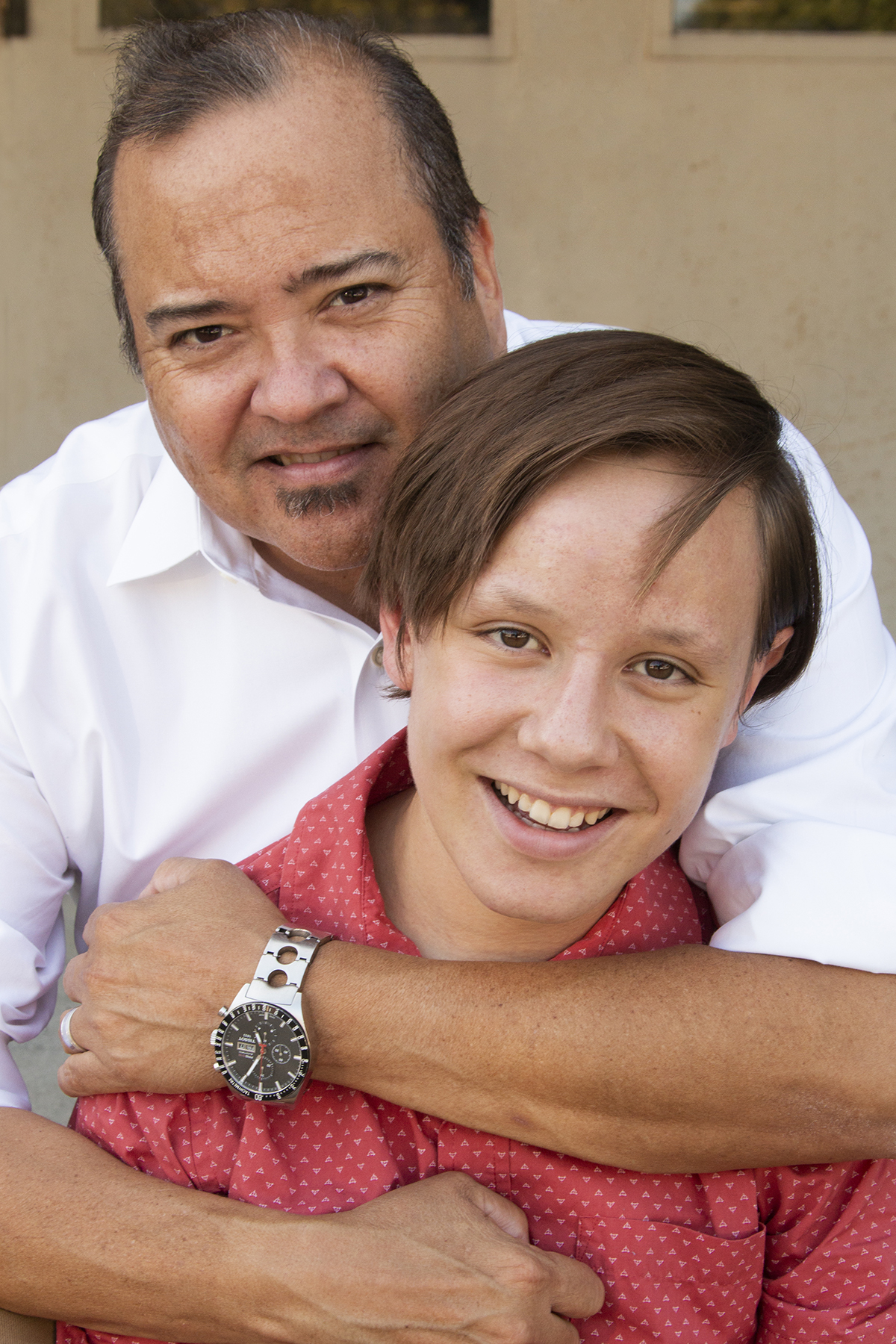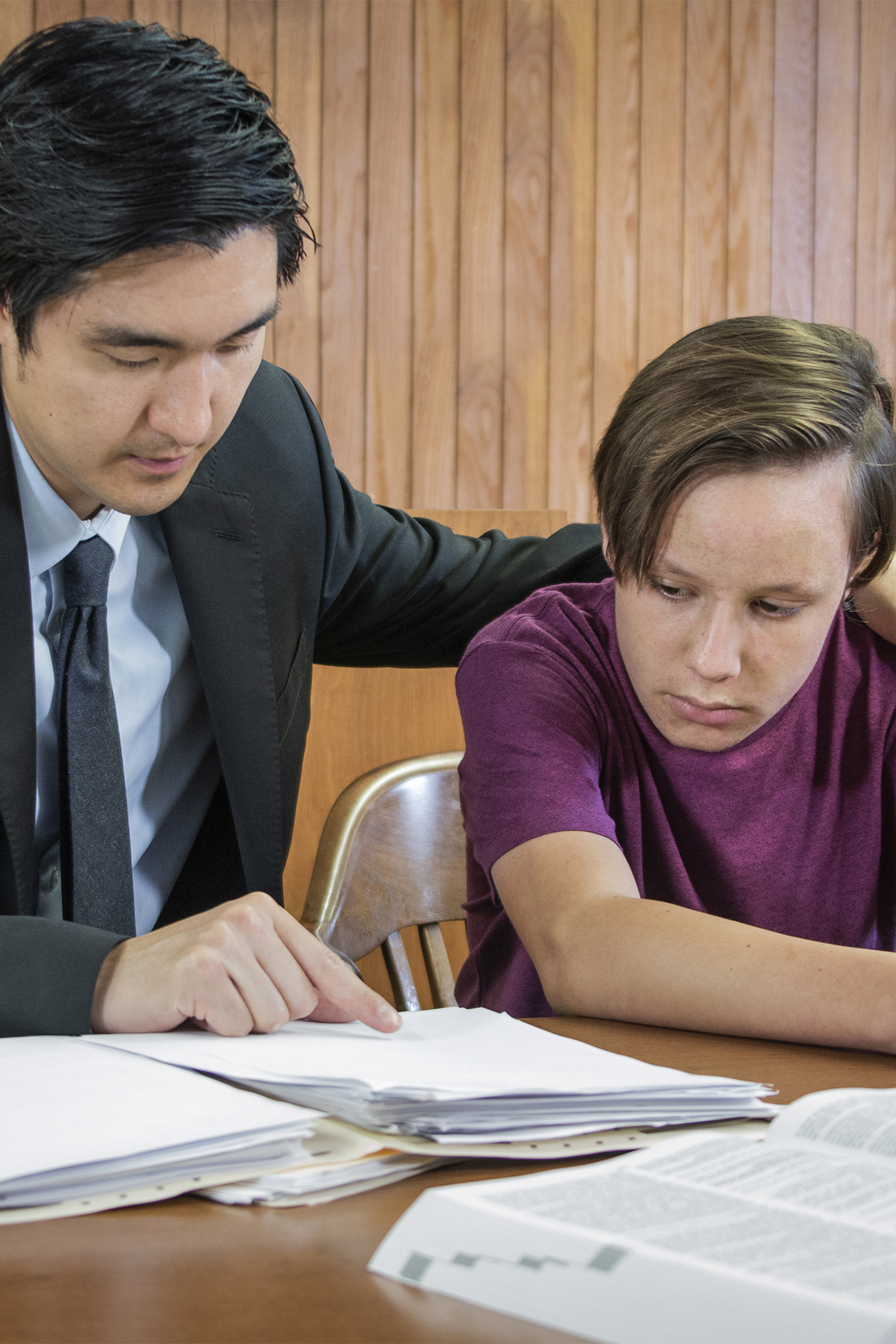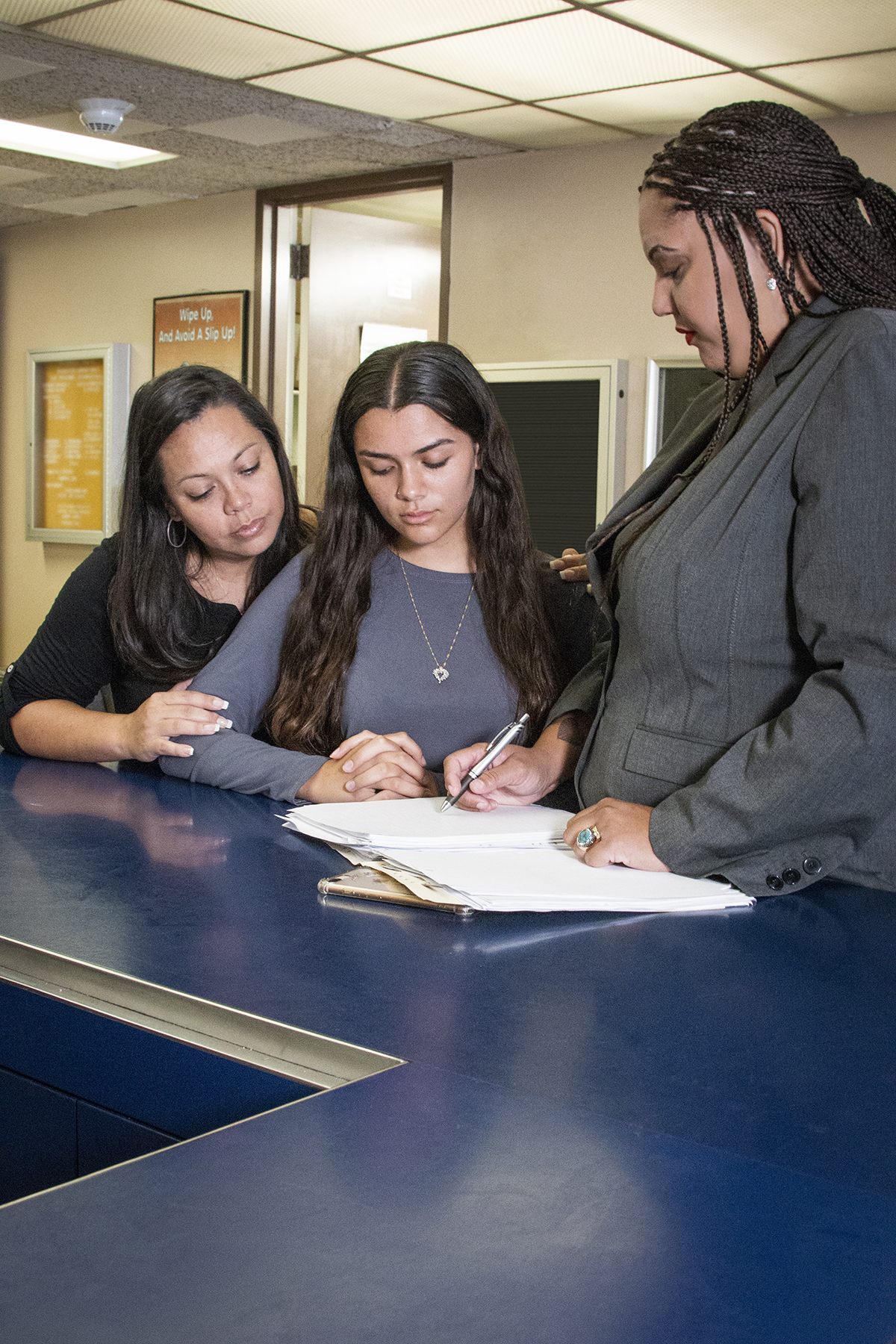California Juvenile Court Process for Delinquency Cases
What is juvenile delinquency court?
Juvenile court was established for youth under the age of 18 who commit crimes, or who are habitually truant or beyond parental control. In recognition of the transitional and uniquely malleable nature of adolescence, juvenile court emphasizes rehabilitation and education as its top priorities.
The first juvenile court was established in 1899 in Cook County, Illinois, and juvenile courts spread rapidly across the country, ultimately taking hold in every state. Based on the ancient legal doctrine and philosophy of parens patriae (the State as Parent), juvenile court assumed the right to intervene on behalf of youth deemed to be in need of help based on their life circumstances or their delinquent acts. The primary goals of the juvenile court were – and are — to provide individualized rehabilitation and protective supervision for youth; to hold youth accountable but not in a retributive way; to enable youth to become productive members of the community.
“Sometimes we don’t take the time to look at someone as an individual. We look at something a person did in one second, five seconds, or ten minutes and say that the person has no possibility of ever overcoming that moment. But those people who make it out – they have an extra gear, and they can do remarkable things.”
(Terry K. Ray, trial attorney, Assistant U.S. Attorney, led the Tax Fraud Protection Unit for the U.S. Attorney’s Office; formerly incarcerated as a youth. Statement in Amicus Brief Submitted by Former Juvenile Offenders, in Graham v. Florida (2010) 560 U.S. 48)
Why does juvenile court exist?
Juvenile court exists to address the unique needs and characteristics of youth. Adolescence is a critical transition period in human development. During adolescence, youth attempt to develop and express an individual identity, and this process of character formation involves heightened risk-taking. As a consequence, adolescents, as a group, are overrepresented statistically in virtually every category of reckless behavior, including criminal activity. Further, an adolescent’s brain functions differently than an adult’s and, on average, adolescents are less likely to consider properly the consequences of particular actions than adults.
Juvenile court recognizes that behavior in adolescence does not necessarily predict criminal conduct of the same individual as an adult. In fact, most delinquent adolescents – even those who were involved in serious offenses – do not not continue to be involved in such activity as adults. The juvenile justice system recognizes this capacity for change and emphasizes treatment, education and rehabilitation that is individually tailored for each youth, providing a pathway for youth to mature into healthy adults who contribute positively to their communities. California’s juvenile justice laws take the developmental stage of adolescence into consideration both in requiring youth in the system to receive rehabilitative programming and in minimizing transfer to adult court.
The importance of considering adolescent development in the context of the criminal justice system has also been recognized and repeatedly applied in United States Supreme Court decisions involving youth whose cases are handled in the adult system. In the most recent decision, Miller v. Alabama, (2012) 567 U.S. 460, the court confirmed that children are not deserving of the most severe punishments due to their diminished culpability and high prospects for rehabilitation. California laws and court decisions mirror the Supreme Court decisions on these youthful offenders.

“Adults today give up on youth when the going gets rough. Youth is youth for a good reason. Youth are very malleable and it is society’s obligation to try to change them. I am living proof of the capacity for change.”
(Luis Rodriguez, activist and award-winning writer of fiction, nonfiction, literature and poetry as well as the memoir, Always Running: La Vida Loca, Gang Days in L.A.; formerly incarcerated as a youth. Statement in Amicus Brief Submitted by Former Juvenile Offenders, in Graham v. Florida (2010) 560 U.S. 48))

Which cases are sent to juvenile court?
Juvenile court handles cases filed for anything from the smallest violations to the most serious crimes, including murder. Youth may be held under juvenile court jurisdiction and confined in a locked facility until age 21, 23 or 25, depending on the charges and disposition in the case. However, contrary to popular belief, the youth in juvenile delinquency courts have not all committed a criminal offense, but rather, may be youth who are habitually truant or who are beyond parental control. The two latter categories of youth are sometimes referred to as “601 Youth” (referring to the statute that describes these youth), or “Status Offenders.” Although the court is much more limited in its ability to remove these youth from their home, many of the processes described below pertain to these categories of non-criminal youth as well.
In California, most juvenile court cases begin when a youth has contact with law enforcement official who suspects the youth has committed a crime. During this first contact, the law enforcement officer may decide that the youth should be:
- released;
- delivered to a shelter or diversion program and cited to appear before the probation officer; or
- held (“detained”) and transported to the probation officer.
The probation officer assigned to the youth may:
- decide not to recommend that the prosecutor file the case;
- with the consent of the youth and parent, place an eligible youth on a program of “informal supervision” with requirements that the youth do certain things for six months (the case is dismissed if the youth is successful); or
- determine that formal proceedings should be filed and take the case to the prosecuting attorney (district attorney) for filing.
““As long as it’s a young mind, they’re salvageable. At those tender ages, the mind is still pliable and can be shaped. It’s not too late.”
(Charles S. Dutton, Emmy Award winning actor and director; formerly incarcerated as a youth. Statement in Amicus Brief Submitted by Former Juvenile Offenders, in Graham v. Florida (2010) 560 U.S. 48)
When a youth is detained
In California, juvenile halls are county-operated locked facilities. Depending on the day of the week of their arrest, a youth may be incarcerated for 3 to 5 days before being taken to juvenile court to file a formal petition after which the probation officer may:
- release the youth on a promise to appear;
- release the youth on home supervision (release to home detention with certain conditions);
- place the youth in a non-secure detention facility; or
- order continued detention in juvenile hall.

First court hearing (“detention hearing” or “arraignment”)
At the first juvenile court hearing, often called the “detention hearing,” or an “arraignment” an attorney may be appointed if the youth is unable to afford one. In this first hearing, several significant things happen:
- If the youth is detained, the court must release him or her unless a “prima facie showing” has been made that the youth has committed a crime. If the youth is not released, his/her attorney may request a rehearing within three working (“court”) days both on the issue of whether there is enough evidence of a prima facie case against the youth, and on whether the youth should be detained based on the other factors in the law that permit detention.
- The formal juvenile court petition is read and the young person admits or denies the allegations (the juvenile court equivalent of pleading guilty or not guilty).
- There is no right to bail in juvenile court, but the juvenile court judge may order that the youth be:
- released;
- placed on home supervision;
- placed in a non-secure detention facility; or
- detained in the juvenile hall pending adjudication of the case.
- If the youth is in danger of entering the foster care system, the court is supposed to consider whether reasonable efforts were made to prevent the need for removal from the home and whether there are available services that would prevent the need for further detention.
Transfer motions
In the state of California, the term “transfer” refers to sending youth charged with a crime committed when under the age of 18 from the juvenile justice system, to the adult system where they will be prosecuted and punished as adults. For more information on youth being prosecuted as adults click here.
Adjudication hearing (trial) or admission of the charges
Youth in California do not have the right to a jury trial in delinquency proceedings and, instead, their cases are tried in front of a juvenile court judge. The judge hears the evidence and, using the same rules of evidence applicable in adult criminal court, decides whether or not the youth has committed the offense based on proof beyond a reasonable doubt.
In many cases, before or at the time of the adjudication hearing, the youth admits some or all of the allegations in the petition in a process that is roughly equivalent to a guilty plea in adult court. However, in order to make this admission, the youth must be advised of and give up (“waive”) the rights to:
- a trial;
- to confront witnesses (people the prosecutor calls to help prove the case); and
- against self-incrimination (the right not to have to speak about the case).
In some courts, the youth may be asked to fill out a written form saying that they understand their rights and are giving them up in order to admit the charges.
In certain cases, if a youth if is charged with and admits a felony offense that qualifies, he or she may be placed in a “deferred entry of judgment” program under which the charges are dismissed upon successful completion of a service program of up to three years. However, the case will proceed to disposition on this same felony if the youth fails to perform in a satisfactory manner in the assigned service program.
Disposition hearing
The disposition hearing is the juvenile court equivalent of “sentencing.” At the disposition hearing, the court generally declares that the youth is a ward of the court and decides whether the youth will be:
- released on probation, generally with a series of conditions and orders;
- placed in some form of institutional custody; or
- placed under the supervision of the probation department on a form of non-wardship probation under which the case may be dismissed in six months if the youth meets the terms of probation and, if the youth has not satisfactorily complied with the terms of probation in that time, made a ward of the court.
At the disposition hearing, if the court finds that the interests of justice and/or the welfare of the youth require it, or that the youth is not in need of treatment and rehabilitation, the court may simply dismiss the petition.
In other cases, the court may not feel that formal wardship is needed, but at the same time is not ready to dismiss a case until there is successful completion of counseling or other programs. When this happens, the court may decide not to declare the youth a ward but instead place the youth on a period of informal supervision for six months to a year, and, if the youth completes all the terms of that informal supervision, then the case is dismissed.
Becoming a ward of the court
If a youth is declared a ward of the court, the court may:
- place the youth on probation, subject to specified conditions; these conditions may include:
- orders to attend school as directed;
- comply with a curfew;
- make restitution;
- perform community service;
- pay fines;
- submit to drug testing;
- attend counseling; or
- attend substance abuse treatment;
- place the youth in an out-of-home placement in the home* of:
- a relative or approved non-relative;
- a licensed community care facility;
- with a foster family agency in a certified family home or resource family; or
- in a group home or short-term residential therapeutic program;
- incarcerate the youth in juvenile hall for a specific amount of time up to the maximum amount of time that could be imposed on an adult for the same offense;
- send them to a county-operated juvenile home, ranch, camp, or forestry camp; or
- commit youth who have committed a serious offense or certain sex offenses to the Division of Juvenile Facilities (DJF, formerly called the California Youth Authority and DJJ Division of Juvenile Justice), a state-operated system of institutions, all of which are locked facilities where the youth can be held for up to the maximum amount of time that could be imposed on an adult for the same offense. However, if the juvenile justice system assesses that a person presents a continuing danger to the public, he or she will not be released. In these cases, California law allows the Division of Juvenile Facilities to petition a court to continue to incarcerate a person past the age of 25.
* Note: Youth may be placed in out-of-state placements only if the court determines that in state programs are unavailable or inadequate to meet the youth’s needs and only if the program has been inspected for compliance with California facility standards.


